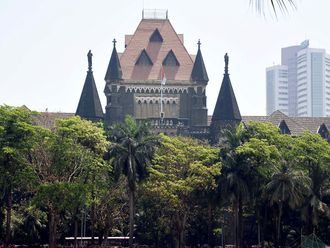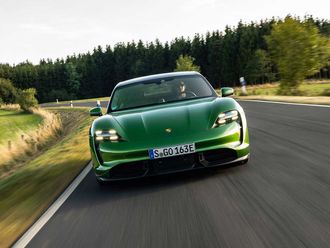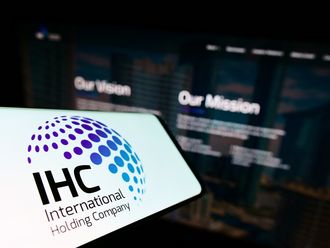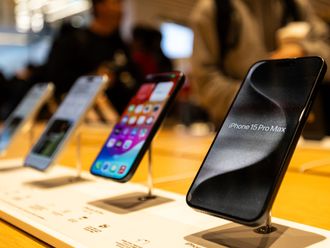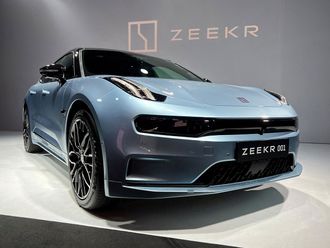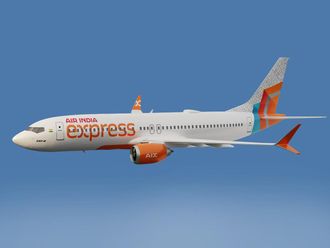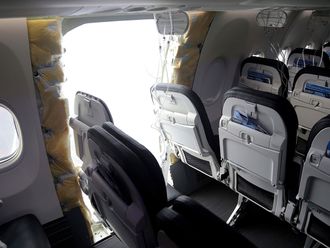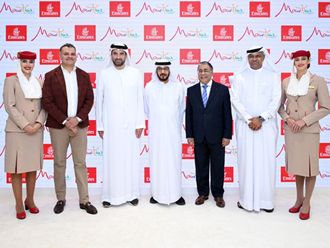Islamabad: Pakistan is targeting a fourfold jump in foreign direct investments betting that new power plants coming online will end energy shortages that have stalled inflows into the nation, according to an aide to Prime Minister Nawaz Sharif.
The government forecasts investments will jump to $5 billion (Dh18.4 billion) in the year starting July 1, 2017, from $1.28 billion in the last fiscal year, said Miftah Esmail, who is also chairman of the nation’s Board of Investment. Direct foreign investment levels have remained flat in the past three years since Sharif took a $6.6 billion of loan from the International Monetary Fund to avert a balance-of-payments crisis.
Pakistan is still stymied by power cuts even as Sharif’s administration is on course to complete the IMF loan program next month. With economic growth around an annual 5 percent, the government is now targeting a 7 percent rate by 2018 helped by China’s plans to invest about $46 billion in the nation.
“If you don’t give them gas and electricity, how they will run their machines?” Esmail said in an interview at his office in the capital Islamabad. “Once that energy is given you’ll see a lot of foreign investment and industry.”
Currently Pakistan’s average electricity and gas shortages stand at 4,000 megawatts and 2.5 billion cubic feet per day. As part of the IMF programme, Sharif has committed to privatising power distribution companies in a bid to improve efficiency and cut losses in the energy sector. His administration has also pledged to add 10,000 megawatts to the national grid by end of the government’s term in 2018.
Despite the energy deficit, Esmail pointed to Pakistan’s growing car market as an example of investment interest. The government is expecting a new automobile company to start manufacturing in the country next year, he said.
Net inflows totalled $3.8 billion in three years since July 2013, the same amount as the preceding three years, according to central bank data.
Ismail is hoping that bridging the energy gap as new power plants add to the national grid will bring that figure to close to an annual $5 billion by the next fiscal year starting July 2017. However, that target may be too ambitious, said Muzaffar Ali Isani, an economics professor at Iqra University in Karachi.
“I don’t think it’s realistic,” Isani said by phone from Pakistan’s coastal commercial hub. “$5 billion foreign direct investment takes a while to be activated, foreign direct investment takes a lot of planning. Foreign direct investment doesn’t just come in. It’s in the works for a while before it enters the economy.”
Nissan Motor Co and Ghandhara Nissan Ltd are in talks with Sharif’s administration to revive assembling plant, he said. Pakistan’s automobile market is traditionally dominated by three Japanese car manufactures — Honda Motor Co, Toyota Motor Corp and Suzuki Motor Corp.
Car sales in a country of more than 200 million people grew by 19 per cent to 180,079 vehicles in last fiscal year, the highest since 2007, according to the Pakistan Automotive Manufacturers Association.
“Pakistan is really ready to take off in term of cars being purchased,” Esmail said. “We are small car market so far, but it’s a market to grow.”


